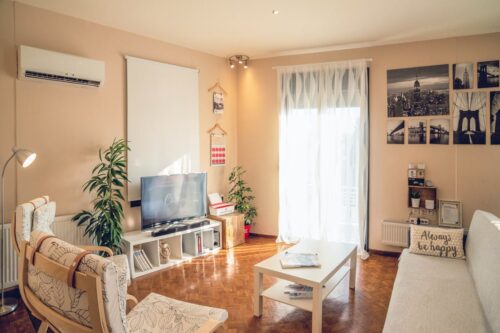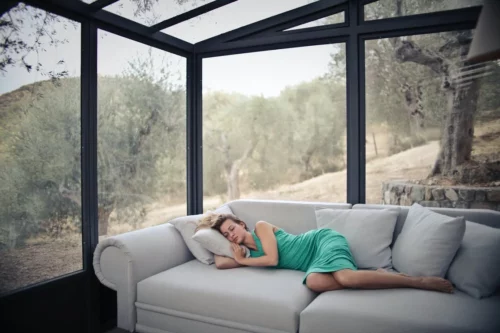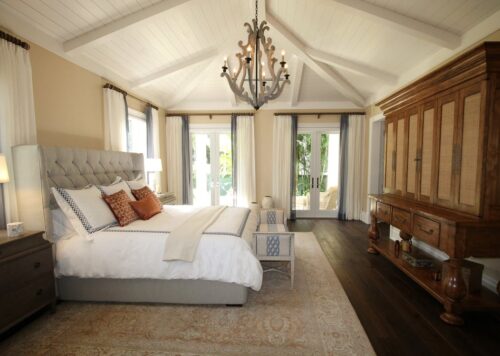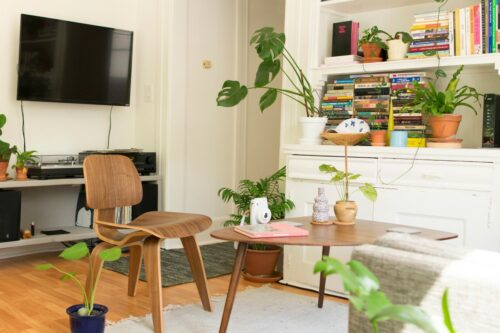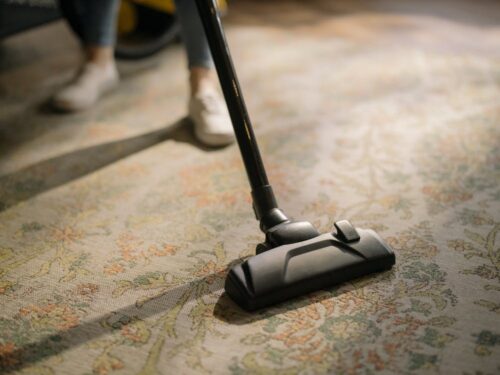
Airborne allergens can come from various sources, such as dust mites and pollen, and with allergies on the rise, most people have someone in their family with an allergy or asthma. Reducing airborne allergens in your home will not only save you money on asthma medication and other medical expenses, but it will also help protect your family members who suffer from allergies as well as yourself. Here are six simple tips that can help reduce airborne allergens in your home:
Use HEPA filters
HEPA filters are the best way to remove 99.9% of dust particles. They’re also the best way to remove airborne allergens. If you have allergies or asthma, you’ve probably noticed how better your allergies are when you have a HEPA filter in your home. HEPA filters are usually cheaper than air purifiers and come in various sizes that can be easily installed in your home. Although most HEPA air filters are meant to be used in offices and bedrooms, you can also use them in the kitchen, family room, and even the garage. HEPA filters are proven to remove particles as small as 0.3 microns, smaller than a human hair’s width. Dust particles are one of the most common airborne allergens, but they can also cause serious health problems such as asthma, emphysema, and eye irritation. HEPA filters are the best way to protect your family members and yourself from airborne allergens.
Close the windows
It may seem like something easy to point out, but closing your windows during the day can stop allergens from entering your home. If you need to open windows, do it early in the morning or in the evening when the risk is lower, and ensure you have an air filtration system in your home if your allergies are severe enough to warrant it. While you cannot stop all allergens from getting into your home, you can reduce this amount.
Don’t dry the washing outdoors.
Many people hang their clothes outside to dry because it’s faster and easier than using the dryer. While this option is better for your clothes and the environment, it might not be a great idea if you have allergies. Pollen and other external allergens can bind to your clothing, meaning you track them into the house and your body when you wear them. If the risk of allergies is low, drying washing outside is safer; however, it is best to avoid drying outside on high pollen days.
Install allergen-friendly flooring.
Allergens and dust can sit in carpets for a long time. If you are struggling with allergies in the home, it can be worthwhile looking at changing your flooring to a more hypoallergenic option such as vinyl or engineered wood flooring. Noto ly is this flooring easier to clean using disinfectants, but it means you can easily remove allergens and not worry about them hanging around in carpets for too long.
Vacuum regularly
Vacuuming is one of the most effective ways to reduce airborne allergens. Using a vacuum with a HEPA filter can increase your chances of providing an allergen-free home for your family. The filters trap the particles and keep them in the machine until you empty them so they’re not released back into your home. Vacuum as frequently as you need to in your home, be it every day or a few times per day. Include all carpets, rugs, mattresses, and soft furnishings for a deeper clean.
Use a professional cleaning for a deep clean
Allergens can be present in many different ways. A professional cleaning company can help you carry out a deep clean of your home using specific products that not only remove allergens but don’t introduce new ones via harsh chemicals. When booking a Deep Clean Service, discuss your allergy requirements with your cleaning company and talk to them about the areas of your home you would like to concentrate on. Once your cleaners know about specific allergies you or your family members have, it will be easier for them to control the environment during the clean-up to leave you with a healthier home.
Conclusion
Airborne allergens in your home can wreak havoc on your health and cause permanent damage to your airway. There are many different ways in which you can reduce allergens in your home but making sure you keep on top of regular cleaning, reduce soft furnishing that can attract dust, and use the right cleaning products and air filtration systems can help you to ensure a healthier home environment for you and your family every single day if you are in doubt as to what your specific allergies are or how best to reduce them, talk to your doctor for more guidance and support.
